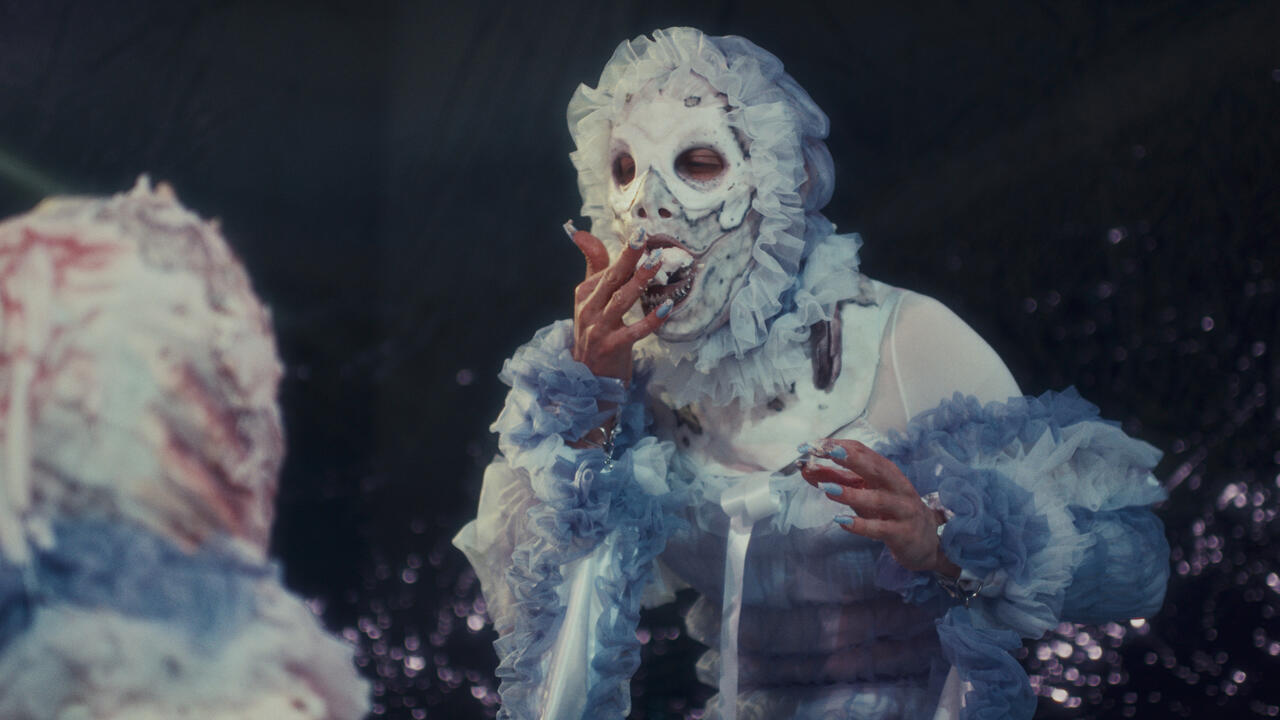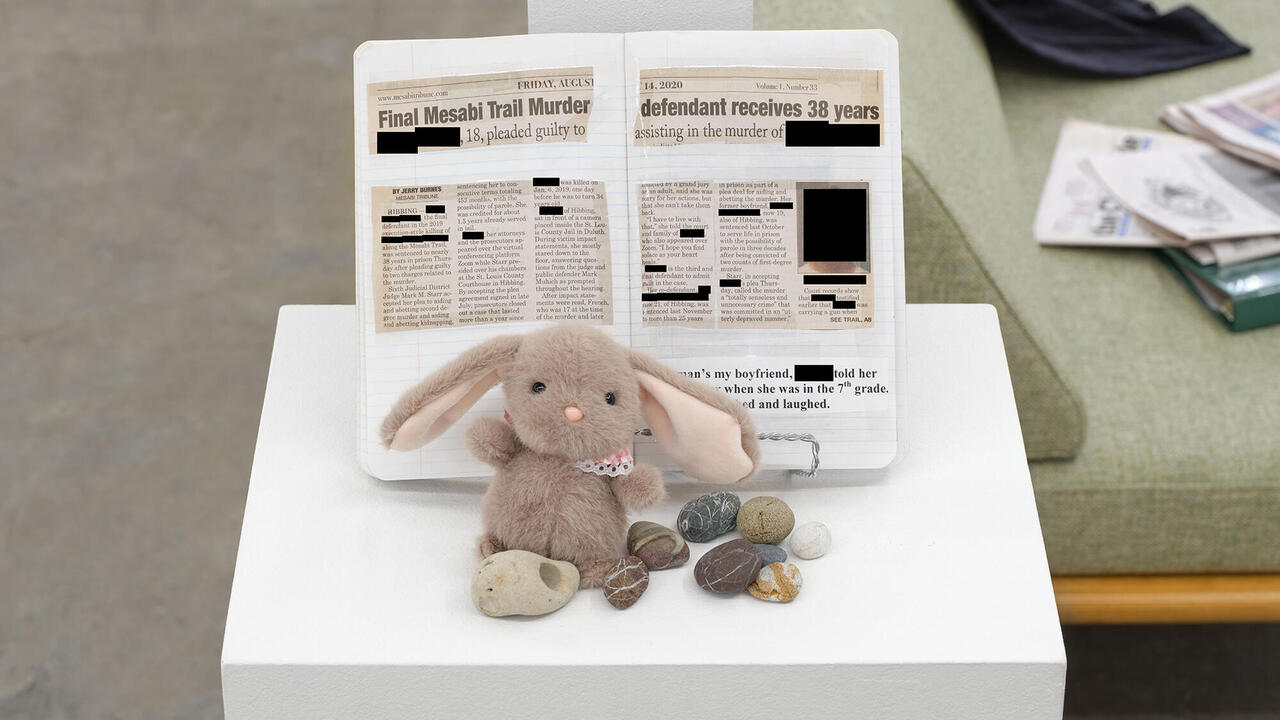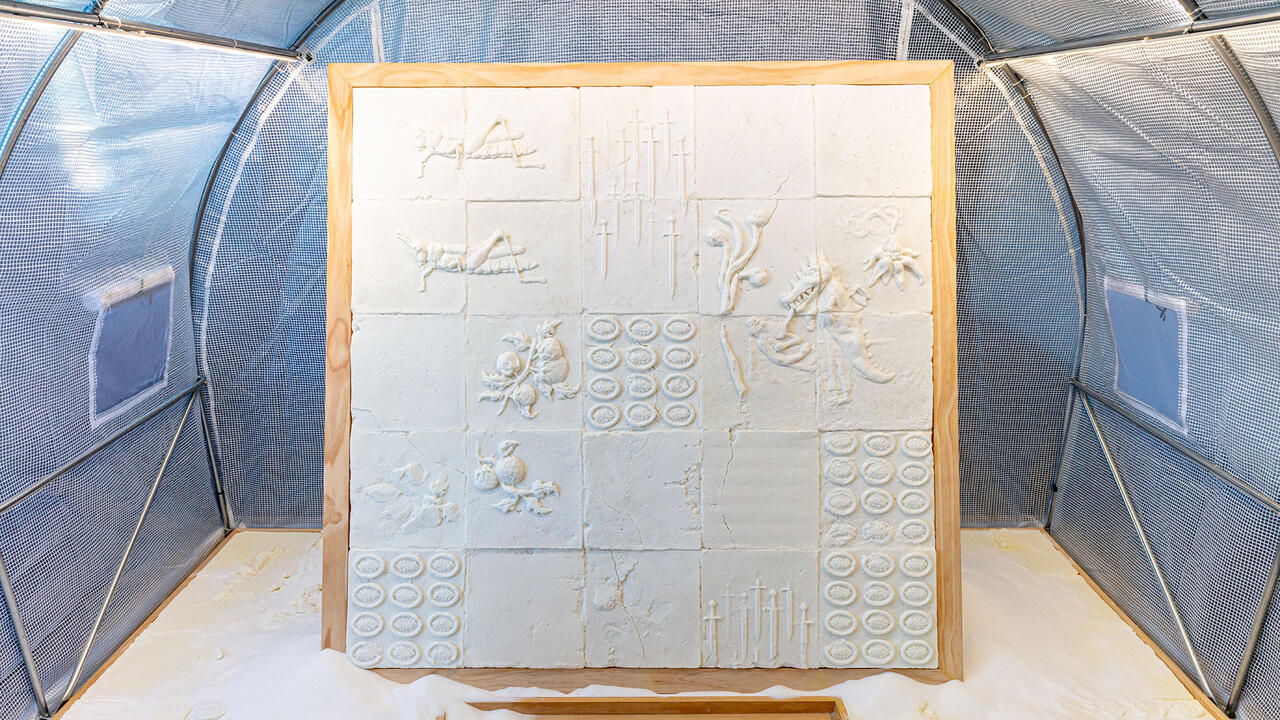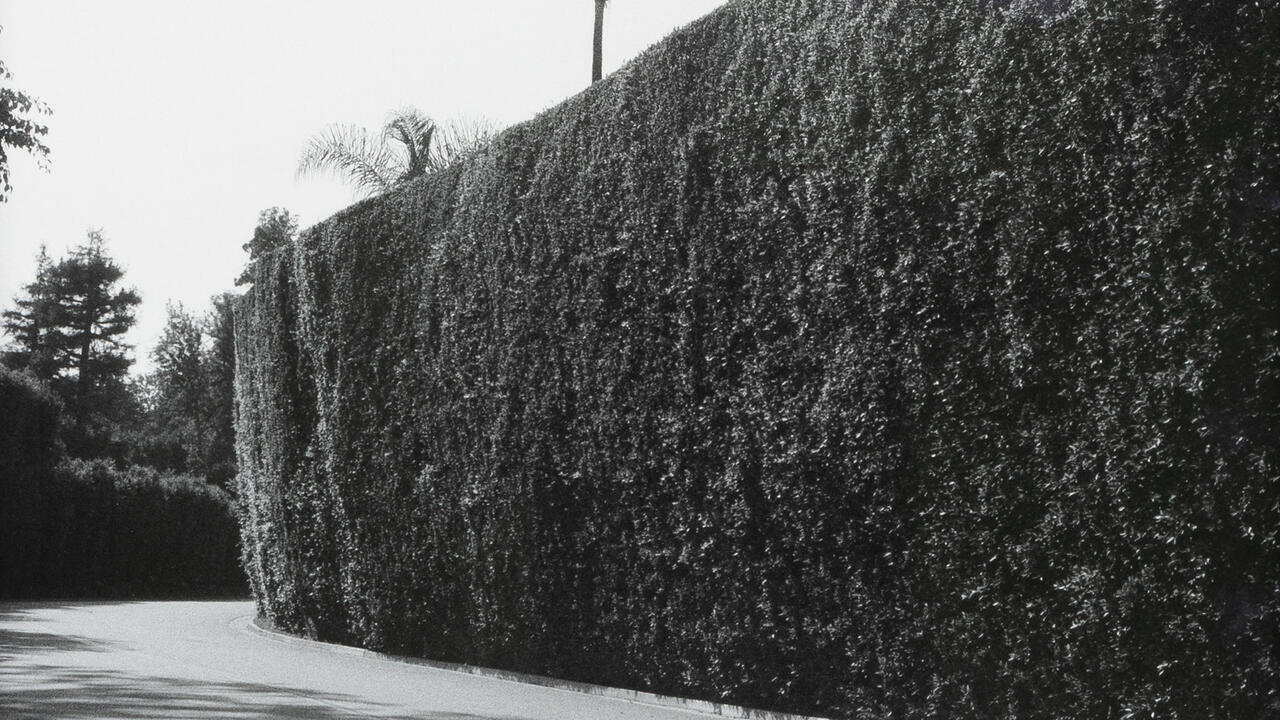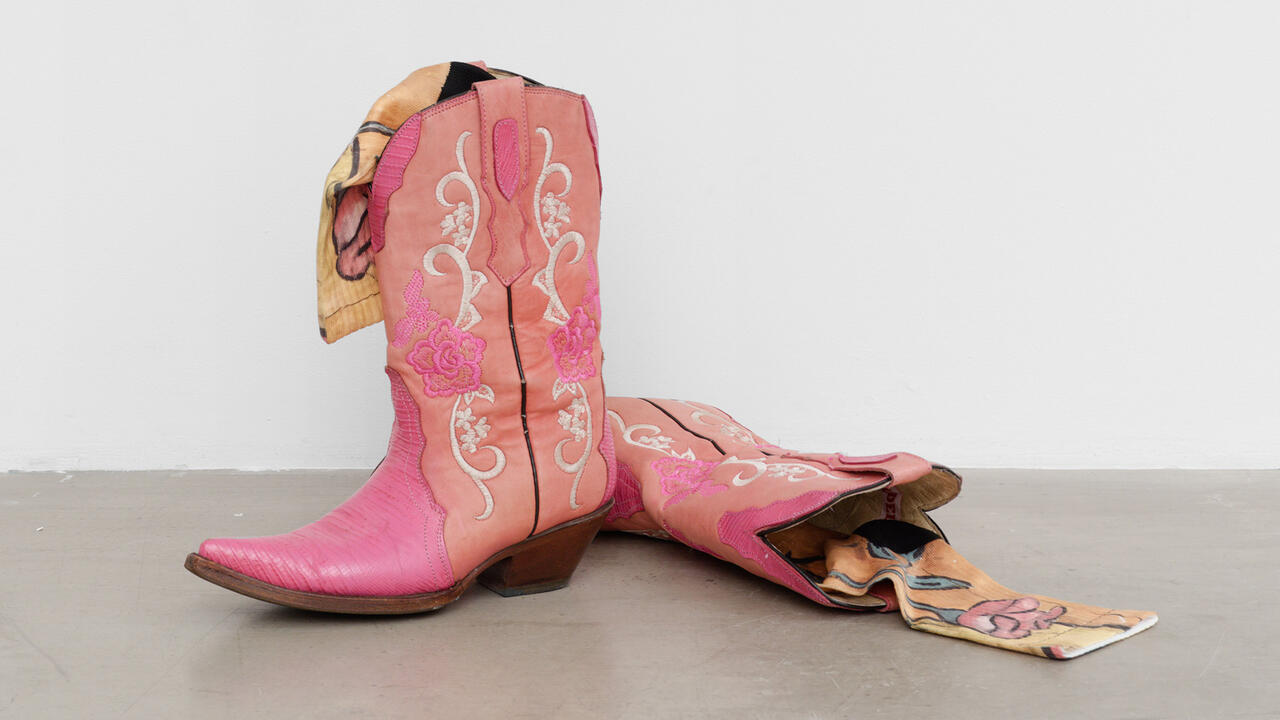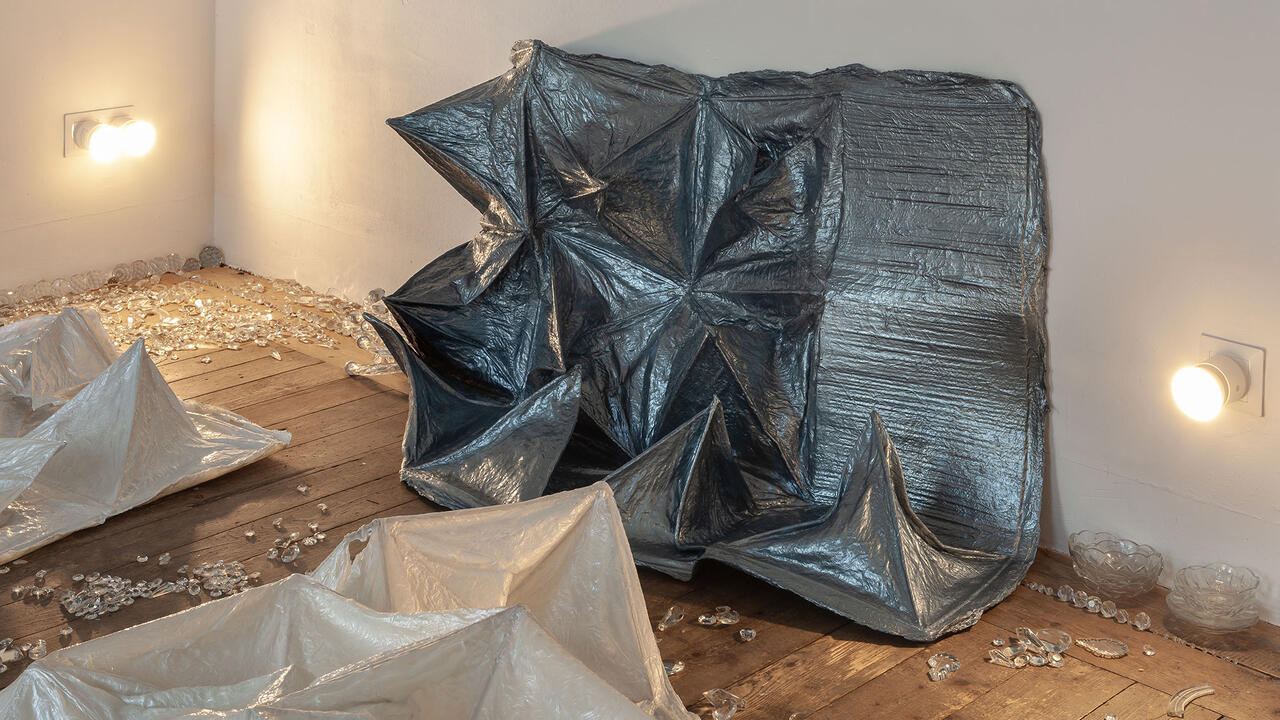The Enigmatic Art of stanley brouwn
At the Hammer Museum, Los Angeles, the late artist’s conceptual practice exists in the polarity between obsessive documentation and rigorous anti-interpretation
At the Hammer Museum, Los Angeles, the late artist’s conceptual practice exists in the polarity between obsessive documentation and rigorous anti-interpretation

stanley brouwn, who died in 2017, is among the past century’s most compelling and elusive artists. Despite being a relatively unfamiliar name among the wider public, he has been revered by fellow artists for his conceptual rigour, extreme methodology and playful, dematerialized gestures. He is nearly as known for what we don’t know about him as for what he left behind. He tightly controlled the conditions of his art’s reception, as well as information about his life and work. He objected to reproductions and interpretative texts: no exhibition catalogue, no press release, no images, no public talks. No capital letters in his name. Following the late artist’s wishes, the Hammer Museum refused me a checklist at his eponymous exhibition.
Still, it is insufficient to say that brouwn’s work speaks for itself: the strength of his refusals is the backdrop against which we understand his actions and works. Even the headiest philosophy has its feet in the lived world, dirt under its nails. In this – his first American museum survey, now in Los Angeles after originating last year at the Art Institute of Chicago – brouwn’s severing of personal biography from art is a revelation. Rejecting identity and ego may be liberating; guarding privacy may invite projection and speculation. It’s also a savvy strategy which advances the longevity and depth of brouwn’s influence.
A few, oft-repeated facts take on heightened significance: brouwn was born in 1935 in Suriname, then a Dutch colony on South America’s Atlantic coast. In 1957 he moved to Amsterdam, where he became associated with the Zero movement, before destroying his works and setting off on his own, Fluxus-adjacent path. If he’s known for just one project, it’s this way brouwn (begun in 1960), in which he handed passersby a pen and a blank piece of paper, then asked them to draw a route from one spot to another in the city.
In the main space, works on paper line the walls while objects in simple wood vitrines or resting on grey tables dot the perimeter and punctuate the spare interior. A separate annex contains his video steps (1989). Spanning from the 1960s to 2014, many of the works are dryly titled with mathematical descriptions, such as 1 x 1 foot on sheet of paper 1 x 1m (2006), their thinly drawn lines and tiny typed numbers and text requiring close observation. brouwn harbours an obsession with measuring distances and comparing various standards of length – whether units of measure that are still commonly in use or those that are obsolete and esoteric (an ell, an arschin, a pikhalebi) or idiosyncratic (a brouwn foot, a step). In the total number of my steps in… (1972), the artist counts his footsteps as he wanders various cities, tracking his local perambulations in relation to his movement around the globe. It all becomes a sublime project of compulsive calculation and scale shifts: Does use of one measurement or another alter our perception of space?
On the tables, small grey filing cabinets are filled with index cards, documenting measurements and physical actions akin to performance. In untitled (a walk through a grassfield) (1962), brouwn commits to taking ‘a walk through a grassfield exactly in the same line a–b; every day during a full year’. The artist’s obsession with distances includes steps of a process (getting things done, procedure), actual steps taken (duration, endurance) and forward movement (optimism, vision). Yet, despite his emphasis on precision, as with many of his fellow conceptual artists, we have to take brouwn at his word and trust the accuracy of his accounting. For all his investment in numbers and the display of hard, quantifiable facts, brouwn’s art is fundamentally a leap of faith.
stanley brouwn is on view at the Hammer Museum, Los Angeles, until 5 May.
Main image: Within his lifetime, brouwn did not permit photography of the work, in order to focus the visitor’s direct relationship with the work. This fundamental ethic that is at the core of brouwn's practice is honoured in this exhibition. Courtesy: Dia Art Foundation





